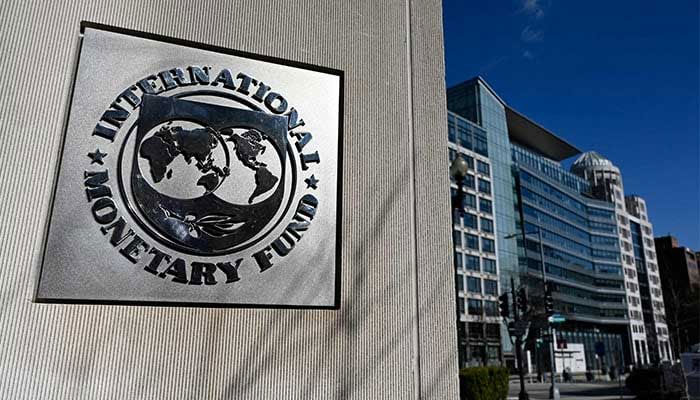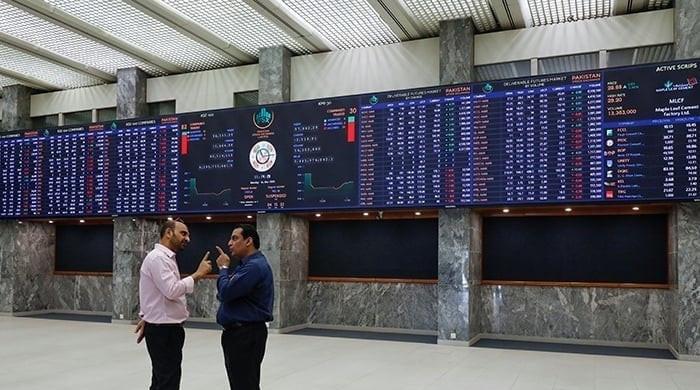IMF revises Pakistan's GDP growth projection to 2%
Income of Pakistanis would not witness any increase in dollar terms
January 31, 2024

- GDP growth rate will be 3.5% for next fiscal year FY25.
- Global growth projected at 3.1% in 2024 and 3.2% in 2025.
- Inflation falling faster than expected in most regions.
ISLAMABAD: The International Monetary Fund (IMF) has revised its Gross Domestic Product (GDP) growth rate projection to 2% for Pakistan during the current fiscal year from its earlier projection of 2.5%, The News reported on Wednesday.
It demonstrates that the per capita income in dollar terms is bound to decline as the population growth was standing at 2.6%. If the real GDP growth rate stands at 2%, then in dollar terms the income of Pakistanis would not witness any increase.
According to the World Economic Outlook (WEO) report released by the IMF, Pakistan’s growth rate was projected at 2% of GDP for the current fiscal year FY24. It is also projected that the GDP growth rate will be 3.5% for the next fiscal year FY25.
Global growth is projected at 3.1% in 2024 and 3.2% in 2025, with the 2024 forecast 0.2 percentage point higher than that in the October 2023 World Economic Outlook (WEO) on account of greater-than-expected resilience in the United States and several large emerging markets and developing economies, as well as fiscal support in China.
The forecast for 2024-25 is, however, below the historical (2000–19) average of 3.8%, with elevated central bank policy rates to fight inflation, withdrawal of fiscal support amid high debt weighing on economic activity and low underlying productivity growth.
Inflation is falling faster than expected in most regions, in the midst of unwinding supply-side issues and restrictive monetary policy. Global headline inflation is expected to fall to 5.8% in 2024 and to 4.4% in 2025, with the 2025 forecast revised down.
With disinflation and steady growth, the likelihood of a hard landing has receded, and risks to global growth are broadly balanced.
On the upside, faster disinflation could lead to further easing of financial conditions. Looser fiscal policy than necessary and assumed in the projections could imply temporarily higher growth, but at the risk of a more costly adjustment later on.
Stronger structural reform momentum could bolster productivity with positive cross-border spillovers. On the downside, new commodity price spikes from geopolitical shocks –– including continued attacks in the Red Sea –– and supply disruptions or more persistent underlying inflation could prolong tight monetary conditions.
Deepening property sector woes in China or, elsewhere, a disruptive turn to tax hikes and spending cuts could also cause growth disappointments.
Policymakers’ near-term challenge is to successfully manage the final descent of inflation to target, calibrating monetary policy in response to underlying inflation dynamics and — where wage and price pressures are clearly dissipating — adjusting to a less restrictive stance.
At the same time, in many cases, with inflation declining and economies better able to absorb effects of fiscal tightening, a renewed focus on fiscal consolidation to rebuild budgetary capacity to deal with future shocks, raise revenue for new spending priorities, and curb the rise of public debt is needed.
Targeted and carefully sequenced structural reforms would reinforce productivity growth and debt sustainability and accelerate convergence toward higher income levels.
More efficient multilateral coordination is needed for, among other things, debt resolution, to avoid debt distress and create space for necessary investments, as well as to mitigate the effects of climate change.











